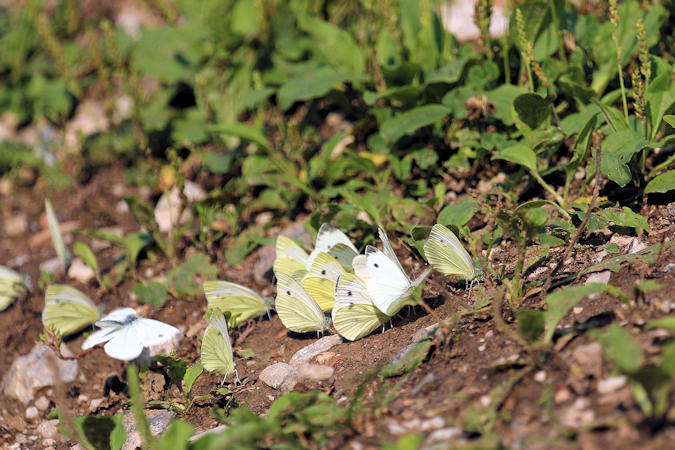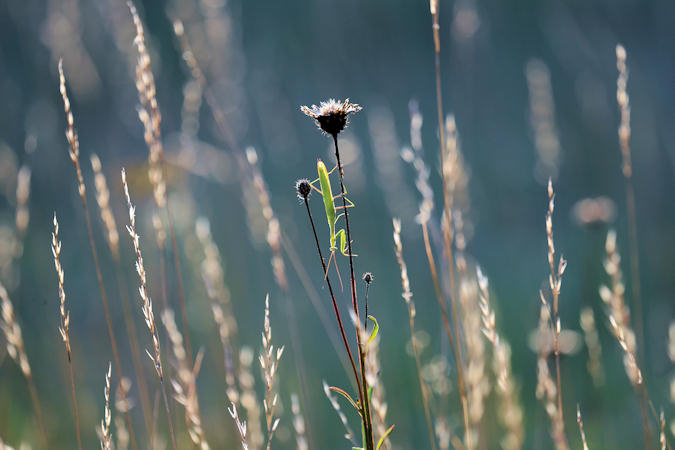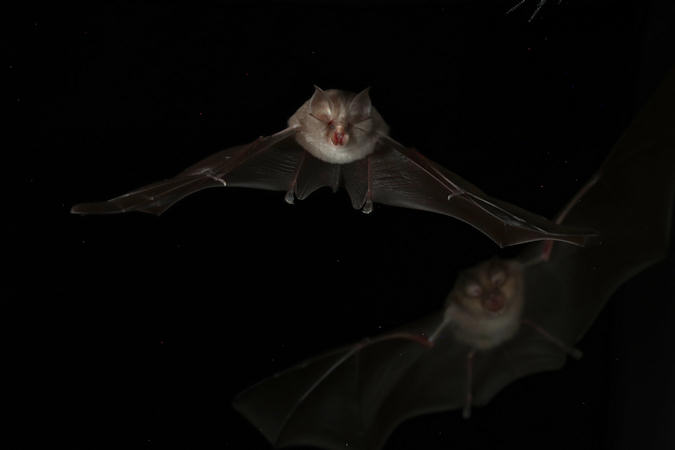Hungary
Things to DO
Farm Lator
Farm Lator is an eco-friendly farmhouse accommodation & campsite located in Northeastern Hungary, run by an English-speaking wildlife guide offering various nature holidays for independent travellers and groups: birdwatching, butterflies and moths, general natural history, wildlife photography tours/workshops, mammal trips and family holidays.
 |
|||||
Butterfly
NE Hungary has an extremely rich Butterfly Fauna. This richness, paradoxically, is partly a result of vanishing traditional land use.
Within some decades, as anywhere else in modern countries in Europe, (almost all) cattle and sheep disappeared from the extended and
extensively grazed meadows. As a result, the succession of the vegetation has a climax now, with high numbers of flowers and a large
variety of structural elements (rocky parts, short grass, tall grass and shrubs), offering an abundance of nectar and protection for
insects, without being disturbed by grazing animals.
On short term, this development is beneficial for insect populations, most strikingly displayed by butterflies.
Long term development depends on many aspects, of which the most important is future usage of the abandoned fields. Here and there parts
are conserved by National Parks, but most of the land has private owners.
 |
|||||
Butterflies have a growing status in Hungary. Therefore, the Hungarian Nature Conservation works hard to focus attention on these
former meadows, which often form a buffer around and an ecological infrastructure between the protected Nature area’s.
Macro Photography
Though birds are favorite among most nature photographers, insects, especially butterflies, have a growing popularity.
In the last year there is a workshop for macro-photographers developed. Rob will guide you to locations with much sought after targets
for macrophotography, such as Poplar Adimral, Scarce Fritillary, Woodland Brown, Lesser Purple and Purple Emperor, but also Stag Beetle,
Praying Mantis, Rosalia alpina, Green lizard, Common Tree Frog, Red-bellied Toed etc.
 |
|||||
Fotografing Bats
The success of high-speed photography largely depends upon how quickly the film is exposed to light.
Therefore, high-speed photographers rely heavily on flash units to take pictures, using extremely short flash durations -- the shorter
the burst of light, the better. Because of this, many high-speed objects are photographed in complete darkness.
In this case, the camera's shutter is simply left open while the shot takes place; if there's no light, the film won't expose.
In order to get a flash light you need a fototrap; where infrared sensors trigger the flash unit.
Once the object passes through the frame, the flash unit lets out a burst of light, and that moment is the only thing that gets painted
onto the film.